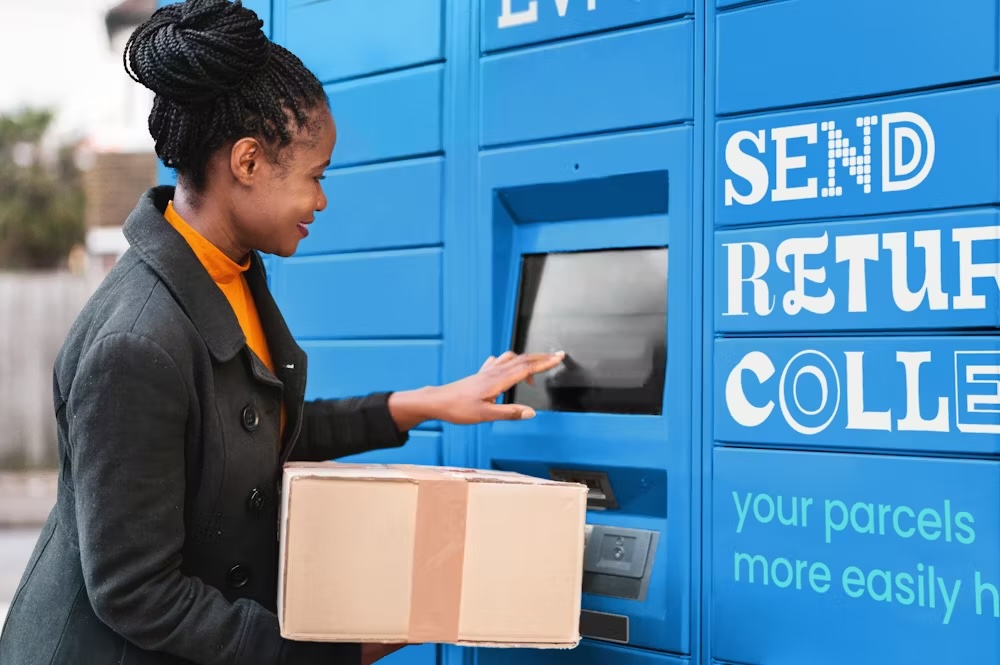Kunal Choitram, business development manager, eWise takes a look at how mobile payments are the key to making mobile shopping even more convenient and widespread in 2012
The connected device has and will continue to revolutionise consumer banking and payments, based on a few key factors. Today, the majority of consumers under the age of 30 now have a connected device and mobile infrastructure supports browsing and processing speeds equivalent to the average desktop computers.
Additionally, the majority of UK banks already have, or are developing a means for their consumers to complete most traditional banking transactions from a connected device, which is addressing the behavioural change required to build trust in using connected devices to complete financial transactions.
Lastly, person to person (P2P) payment applications have become mainstream and connected devices are now starting to be used to complete traditional card payments in the physical world. A variety of eWallets have recently launched and you can even go out for dinner without ever reaching for your wallet (through the Pizza Express and Paypal iPhone application). The scene is now set for the connected device to replace the payment card… isn’t it?
Today, Near Field Communication (NFC) is the underlying technology that has enabled these mobile payment initiatives and has had significant media coverage in recent years and particularly, in recent months. UK banks have issued millions of NFC-enabled contactless cards since 2008, and mobile handset providers are now incorporating NFC technology into their latest handsets. Mobile network operators are becoming banks, banks are becoming mobile network operators, joint ventures are being created and non-traditional players are very quickly emerging in an attempt to captivate consumers and gain a dominant foothold in the mobile payments arena.
However, NFC is yet to succeed in the conventional sense and there are a number of challenges which will need to be overcome before this payment technology can achieve ‘mass adoption’ status, including:
Mass consumer take-up
Consumers will need to see the material benefits of making a contactless payment over and above traditional card payments at the point of sale, before we see mass interest and usage of NFC.
We have seen great success with the incorporation of NFC technology in transit, for example London’s Oyster card scheme and in conjunction with multiple domestic MIFARE applications across the globe. In May of this year, McDonalds installed contactless POS terminals in all of its UK restaurants, and – to date – this has been well received by customers. In these instances speed of payment is paramount and consumer-merchant interaction is minimal, creating the perfect environment for NFC payments.
For higher value transactions, the banks have incorporated security measures to ensure minimal impact, should a contactless card fall into the wrong hands. These measures include counters, which will require PIN entry after a certain number of offline contactless transactions, and PIN entry for all transactions above a certain limit (typically £15 in the UK). This entry requirement unfortunately erodes the speed benefit of a contactless transaction, making it much like a conventional card transaction.
Beyond being an impressive technology that can securely communicate payment information over the air in close proximity, I firmly believe that there is little additional benefit of contactless payment technology for consumers today, outside of transit and low value ticket purchases.
The cost for retailers
As with consumers, merchants will have to experience a material benefit in order to introduce the required NFC terminals/pinpads across their estate. They also need to conduct the relevant staff training, taking into account the high employee turnover in retail.
The other area of significant cost to merchants is the storage and management of sensitive cardholder information. With cash, the consumer reaches into their wallet to handover the required amount to the merchant in the form of a ‘push’ payment. In the conventional cards model however, a consumer shares their personal card information with the merchant, allowing the merchant to ‘pull’ the required funds and complete the transaction. This ‘pull’ process adds additional cost and security considerations into the payment process. With the merchant having to store sensitive card information, the penalties of data compromise could credibly put established merchant brands out of business.
Merchants today will primarily be interested in two things – reducing costs and speeding up checkout lines. Without mass consumer adoption, many merchants will struggle to cover the cost outlay for the terminal investment and neither of these requirements will be addressed.
Currently 50-60,000 merchant outlets in the UK have NFC-enabled terminals, reflecting approximately a five percent market penetration, achieved over more than three years. In the low value coffee and food space, there have been many times when I have wanted to pay using my contactless card, but the staff have not been aware of the process or have simply stated that the reader is not functional. Staff training is an expensive necessity and high staff turnover further exacerbates the problem.
Will Mobile Network Operators (MNOs) spark the merchant and consumer acceptance?
The UK banks have made a significant investment in NFC, yet it is clear to see that they have not made enough of an impact. If a significant benefit existed, increasing numbers of merchants would be upgrading their terminals. With mobile handset manufacturers introducing NFC technology in their latest devices, will this be the catalyst that can spark merchant acceptance?
The combination of a mature mobile infrastructure, connected mobile device penetration and the UK banks’ strategic commitment are all aligned and ready to launch a mobile payment solution on mass. So what’s missing?
It’s about convenience and cost for all parties
eWise payo mobile is a smartphone application, enabling consumers to initiate secure and private payments for goods, services, or bills online or face-to-face, without having to provide personal financial information to any third parties. eWise payo is the first and only bank inclusive Online Banking ePayments (OBeP) solution in the UK. Through the mobile application, consumers pay directly from any of their bank accounts with existing funds, given they are provided visibility of account balances at the time of purchase – transactions can also be to any value, dependant upon the bank and industry Faster Payment Service limit which is currently £100,000. And, using the eWise payo OBeP technology, coupled with the hard-linking capabilities of the QR code, a consumer’s online bank account can be enabled for countless purchasing scenarios. Payment transactions are quick, secure and can now be completed ubiquitously in true multi-channel.
With an OBeP all parties are known; the merchants are effectively sponsored in by banks, and the consumer making the transaction will be identified and authenticated by their own bank. All parties have signed up to a code of practice, the transaction is effectively validated from both sides – as all parties are known and trusted. The merchant is able to achieve convenience at a lower cost, transaction costs are lowered, sales are increased via additional payment channels and there is no need to upgrade existing point-of-sale terminal hardware to accept eWise payo mobile transactions.
Clearly, the success of any new payment technology will be based upon adoption, but shouldn’t payments today present increased convenience and cost efficiency for the end-users – the consumer and the merchant?








